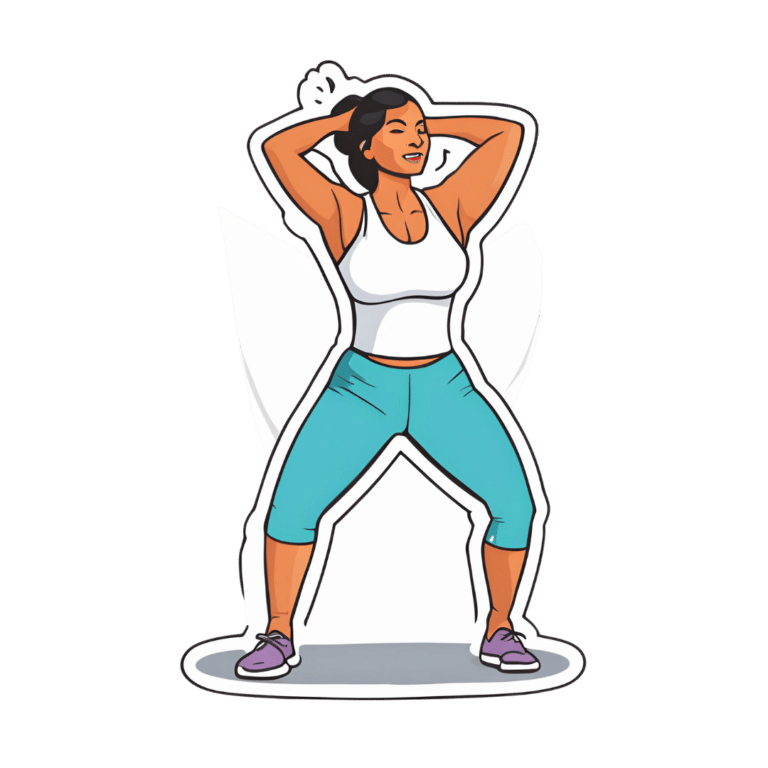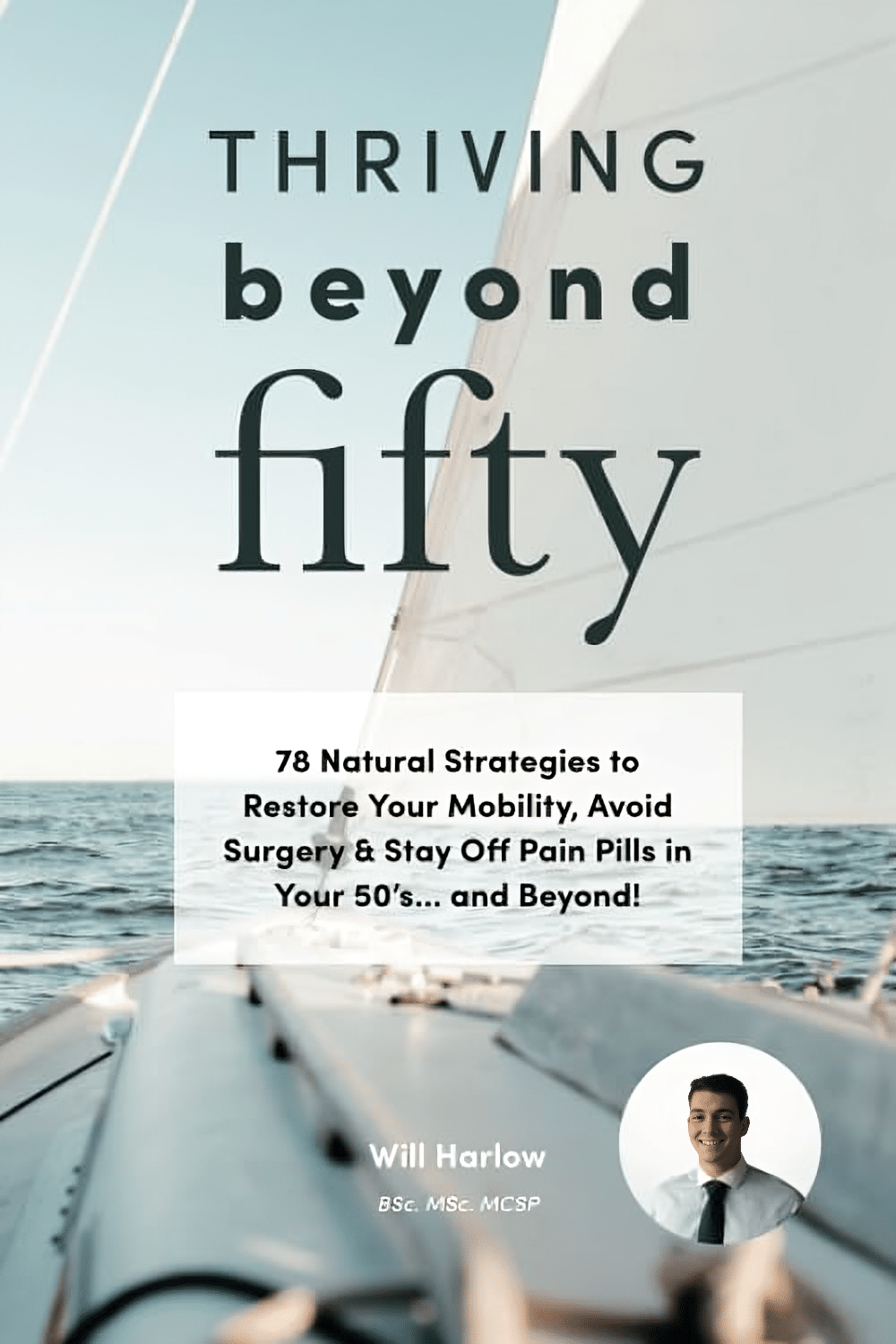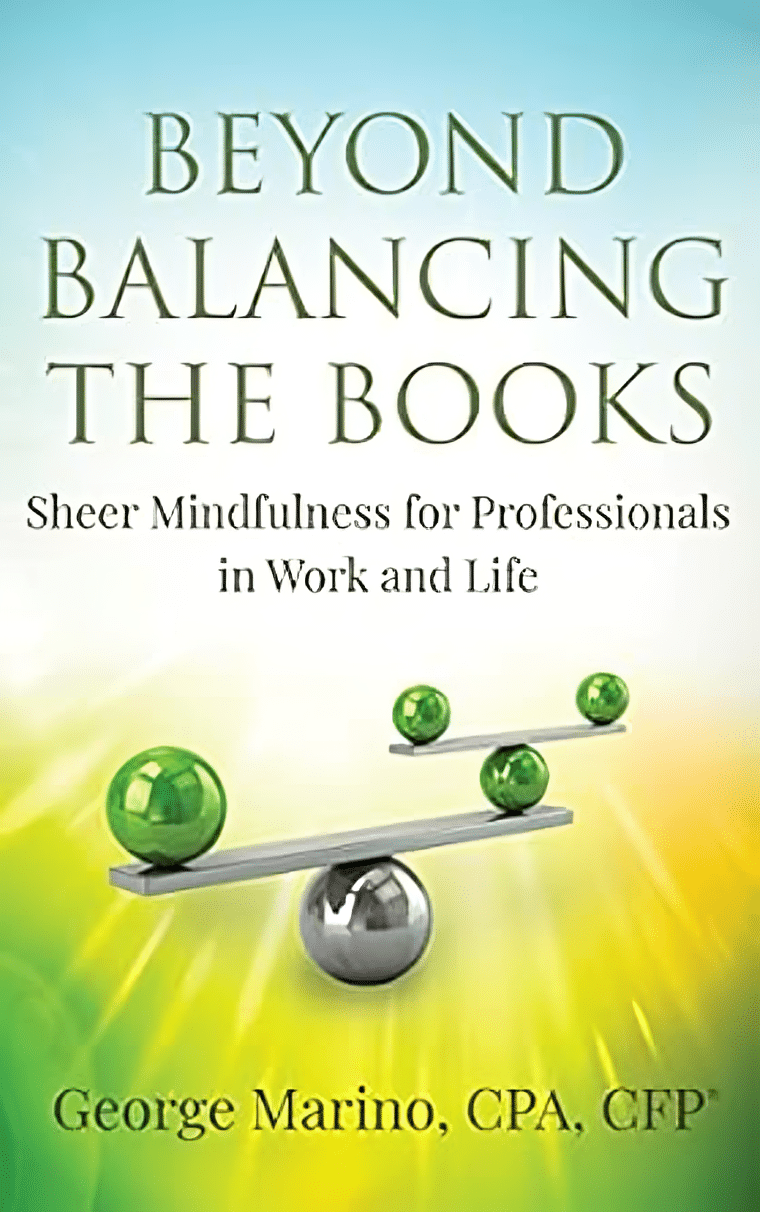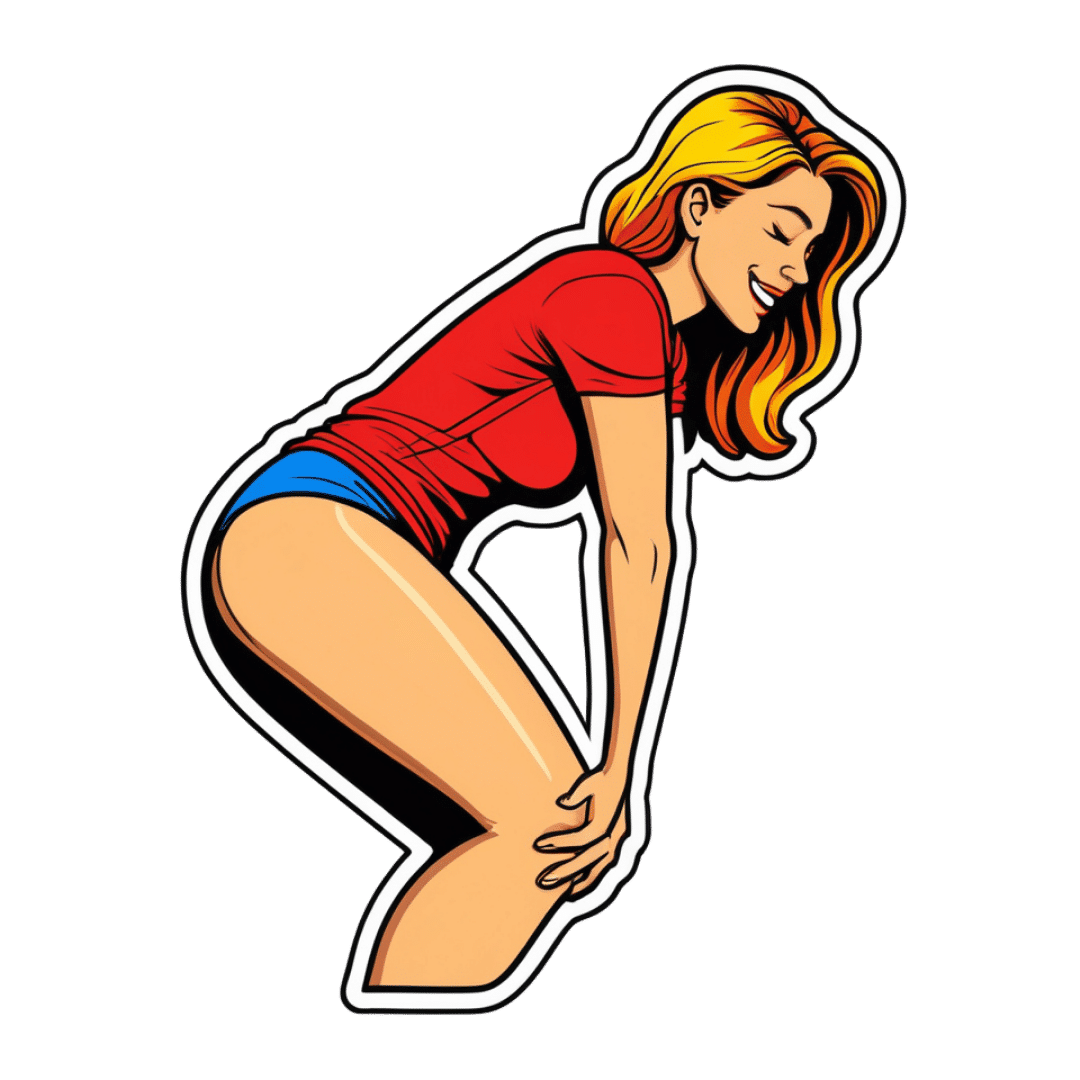
What Your Hands Can Tell You About Your Health
10almonds is reader-supported. We may, at no cost to you, receive a portion of sales if you purchase a product through a link in this article.
Dr. Siobhan Deshauer tells us what our hands say about our health—she’s not practicing palmistry though; she’s a rheumatologist, and everything here is about clinical signs of health/disease.
The signs include…
“Spider fingers” (which your writer here has; I always look like I’m ready to cast a spell of some kind), and that’s really the medical name, or arachnodactyly for those who like to get Greek about it. It’s about elongated digits. Elongated other bones too, typically, but the hands are where it’s most noticeable.
The tests:
- Make a fist with your thumb inside (the way you were told never to punch); does your thumb poke out the side notably past the edge of your hand, unassisted (i.e., don’t poke it, just let it rest where it goes to naturally)?
- Take hold of one of your wrists with the fingers of the other hand, wrapping them around. If they reach, that’s normal; if there’s a notable overlap, we’re in Spidey-territory now.
If both of those are positive results for you, Dr. Deshauer recommends getting a genetic test to see if you have Marfan syndrome, because…
Arachnodactyly often comes from a genetic condition called Marfan syndrome, and as well as the elongated digits of arachnodactyly, Marfan syndrome affects the elastic fibers of the body, and comes with the trade-off of an increased risk of assorted kinds of sudden death (if something goes “ping” where it shouldn’t, like the heart or lungs).
But it can also come from Ehlers-Danlos Syndrome!
EDS is characterized by hypermobility of joints, meaning that they are easily flexed past the normal human limit, and/but also easily dislocated.
The tests:
- Put your hand flat on a surface, and using your other hand, see how far back your fingers will bend (without discomfort, please); do they go further than 90°?
- Can you touch your thumb to your wrist* (on the same side?)
*She says “wrist”; for this arachnodactylic writer here it’s halfway down my forearm, but you get the idea
For many people this is a mere quirk and inconvenience, for others it can be more serious and a cause of eventual chronic pain, and for a few, it can be very serious and come with cardiovascular problems (similar to the Marfan syndrome issues above). This latter is usually diagnosed early in life, though, such as when a child comes in with an aneurysm, or there’s a family history of it. Another thing to watch out for!
Check out the video for more information on these, as well as what our fingerprints can mean, indicators of diabetes (specifically, a test for diabetic cheiroarthropathy that you can do at home, like the tests above), carpal tunnel syndrome, Raynaud phenomenon, and more!
She covers 10 main medical conditions in total:
Click Here If The Embedded Video Doesn’t Load Automatically!
Want to read more?
- We Are Such Stuff As Fish Are Made Of ← because collagen comes up a lot in the video
- How To Really Look After Your Joints
Take care!
Don’t Forget…
Did you arrive here from our newsletter? Don’t forget to return to the email to continue learning!
Recommended
Learn to Age Gracefully
Join the 98k+ American women taking control of their health & aging with our 100% free (and fun!) daily emails:
-
Thriving Beyond Fifty – by Will Harlow
10almonds is reader-supported. We may, at no cost to you, receive a portion of sales if you purchase a product through a link in this article.
We’ve featured this author sometimes in our video section; he’s an over-50s specialist physiotherapist with a lot of very functional advice to offer.
In this book, Harlow focusses heavily on three things: mobility, strength, endurance.
You may not want to be a gymnast, powerlifter, or marathon-runner, but these things are important for us all to maintain to at least a fair degree:
- Mobility can be the difference between tweaking one’s shoulder getting something from a high shelf, or not
- Strength can be the difference between being able to get back up, or not
- Endurance can be the difference between coming back from a long day on your feet and thinking “that was a good day; I’m looking forward to tomorrow now”, or not
One of the greatest strengths of this book is its comprehensive troubleshooting aspect; if you have a weak spot, chances are this book has the remedy.
As for the style, it’s quite casual/conversational in tone, but without skimping on science and detail. It’s clear, explanatory, and helpful throughout.
Bottom line: if you’d like to maintain/improve mobility, strength, and endurance, then this book is a very recommendable resource.
Click here to check out Thriving Beyond Fifty, and keep thriving at every age!
Share This Post
-
Beyond Balancing The Books – by George Marino, CPA, CFP
10almonds is reader-supported. We may, at no cost to you, receive a portion of sales if you purchase a product through a link in this article.
We hear a lot about the importance of mindfulness, yet how can Zen-like non-attachment to the material world go well with actually surviving (let alone thriving) in a Capitalist society?
Books that try to connect the two often end up botching it badly to the level of early 2000s motivational posters.
So, what does this book do differently? Mostly it’s because rather than a motivational speech with exhortations to operate on a higher plain and manifest your destiny and all that, it gives practical, down-to-earth advice and offers small simple things you can do or change to mindfully engage with the world of business rather than operating on auto-pilot.
Basically: how to cut out the stress without cutting out your performance.
All in all, we think both your health and your productivity will thank you for it!
Take Your Business (and Brain) “Beyond Balancing The Books” Today
Share This Post
-
Sweet Potato vs Winter Squash – Which is Healthier?
10almonds is reader-supported. We may, at no cost to you, receive a portion of sales if you purchase a product through a link in this article.
Our Verdict
When comparing sweet potato to winter squash, we picked the sweet potato.
Why?
In terms of macros, the sweet potato has 2x the protein, 2x the carbs, and slightly more fiber. Because the protein numbers are small, the carb:fiber ratio is the deciding factor here, and has winter squash has the lower glycemic index (assuming cooking them both on a like-for-like basis), we’re going with that on macros, but it’s subjective.
In the category of vitamins, sweet potato has more of vitamins A, B1, B2, B3, B5, B6, C, E, and choline, while winter squash has more of vitamins B9 and K. It’s interesting to note that while sweet potato is rightly famous for its vitamin A content, winter squash is actually very good for that too. Still, by the numbers, it’s a clear 9:2 victory for sweet potato here.
When it comes to minerals, sweet potato has more calcium copper, iron, magnesium, manganese, phosphorus, potassium, and zinc, while winter squash has more selenium, meaning an 8:1 victory for sweet potato this time.
In short, enjoy either or both, but sweet potato is the more nutritionally dense option for sure.
Want to learn more?
You might like to read:
Carb-Strong or Carb-Wrong? Should You Go Light Or Heavy On Carbs?
Enjoy!
Share This Post
Related Posts
-
Can you die from long COVID? The answer is not so simple
10almonds is reader-supported. We may, at no cost to you, receive a portion of sales if you purchase a product through a link in this article.
Nearly five years into the pandemic, COVID is feeling less central to our daily lives.
But the virus, SARS-CoV-2, is still around, and for many people the effects of an infection can be long-lasting. When symptoms persist for more than three months after the initial COVID infection, this is generally referred to as long COVID.
In September, Grammy-winning Brazilian musician Sérgio Mendes died aged 83 after reportedly having long COVID.
Australian data show 196 deaths were due to the long-term effects of COVID from the beginning of the pandemic up to the end of July 2023.
In the United States, the Centers for Disease Control and Prevention reported 3,544 long-COVID-related deaths from the start of the pandemic up to the end of June 2022.
The symptoms of long COVID – such as fatigue, shortness of breath and “brain fog” – can be debilitating. But can you die from long COVID? The answer is not so simple.
Jan Krava/Shutterstock How could long COVID lead to death?
There’s still a lot we don’t understand about what causes long COVID. A popular theory is that “zombie” virus fragments may linger in the body and cause inflammation even after the virus has gone, resulting in long-term health problems. Recent research suggests a reservoir of SARS-CoV-2 proteins in the blood might explain why some people experience ongoing symptoms.
We know a serious COVID infection can damage multiple organs. For example, severe COVID can lead to permanent lung dysfunction, persistent heart inflammation, neurological damage and long-term kidney disease.
These issues can in some cases lead to death, either immediately or months or years down the track. But is death beyond the acute phase of infection from one of these causes the direct result of COVID, long COVID, or something else? Whether long COVID can directly cause death continues to be a topic of debate.
Of the 3,544 deaths related to long COVID in the US up to June 2022, the most commonly recorded underlying cause was COVID itself (67.5%). This could mean they died as a result of one of the long-term effects of a COVID infection, such as those mentioned above.
COVID infection was followed by heart disease (8.6%), cancer (2.9%), Alzheimer’s disease (2.7%), lung disease (2.5%), diabetes (2%) and stroke (1.8%). Adults aged 75–84 had the highest rate of death related to long COVID (28.8%).
These findings suggest many of these people died “with” long COVID, rather than from the condition. In other words, long COVID may not be a direct driver of death, but rather a contributor, likely exacerbating existing conditions.
The symptoms of long COVID can be debilitating. Lysenko Andrii/Shutterstock ‘Cause of death’ is difficult to define
Long COVID is a relatively recent phenomenon, so mortality data for people with this condition are limited.
However, we can draw some insights from the experiences of people with post-viral conditions that have been studied for longer, such as myalgic encephalomyelitis or chronic fatigue syndrome (ME/CFS).
Like long COVID, ME/CFS is a complex condition which can have significant and varied effects on a person’s physical fitness, nutritional status, social engagement, mental health and quality of life.
Some research indicates people with ME/CFS are at increased risk of dying from causes including heart conditions, infections and suicide, that may be triggered or compounded by the debilitating nature of the syndrome.
So what is the emerging data on long COVID telling us about the potential increased risk of death?
Research from 2023 has suggested adults in the US with long COVID were at greater risk of developing heart disease, stroke, lung disease and asthma.
Research has also found long COVID is associated with a higher risk of suicidal ideation (thinking about or planning suicide). This may reflect common symptoms and consequences of long COVID such as sleep problems, fatigue, chronic pain and emotional distress.
But long COVID is more likely to occur in people who have existing health conditions. This makes it challenging to accurately determine how much long COVID contributes to a person’s death.
Research has long revealed reliability issues in cause-of-death reporting, particularly for people with chronic illness.
Determining the exact cause of someone’s death is not always easy. Pixabay/Pexels So what can we conclude?
Ultimately, long COVID is a chronic condition that can significantly affect quality of life, mental wellbeing and overall health.
While long COVID is not usually immediately or directly life-threatening, it’s possible it could exacerbate existing conditions, and play a role in a person’s death in this way.
Importantly, many people with long COVID around the world lack access to appropriate support. We need to develop models of care for the optimal management of people with long COVID with a focus on multidisciplinary care.
Dr Natalie Jovanovski, Vice Chancellor’s Senior Research Fellow in the School of Health and Biomedical Sciences at RMIT University, contributed to this article.
Rose (Shiqi) Luo, Postdoctoral Research Fellow, School of Health and Biomedical Sciences, RMIT University; Catherine Itsiopoulos, Professor and Dean, School of Health and Biomedical Sciences, RMIT University; Kate Anderson, Vice Chancellor’s Senior Research Fellow, RMIT University; Magdalena Plebanski, Professor of Immunology, RMIT University, and Zhen Zheng, Associate Professor, STEM | Health and Biomedical Sciences, RMIT University
This article is republished from The Conversation under a Creative Commons license. Read the original article.
Don’t Forget…
Did you arrive here from our newsletter? Don’t forget to return to the email to continue learning!
Learn to Age Gracefully
Join the 98k+ American women taking control of their health & aging with our 100% free (and fun!) daily emails:
-
Knee Pain Won’t Get Better Unless You Fix This First
10almonds is reader-supported. We may, at no cost to you, receive a portion of sales if you purchase a product through a link in this article.
Most knee pain is mechanical, caused by excessive stress or strain on specific parts of the knee joint. However, it’s weak glutes that are often the root cause of excess knee strain, because when glutes are weak, they fail to keep the pelvis level and legs aligned, leading to improper knee movement.
The seat of the problem
Weak glutes cause the pelvis to drop and the thigh bone to roll inwards (called “valgus knee”). This misalignment creates shearing forces and excessive pressure on different parts of the knee. However, it can usually be fixed, and the following exercises are recommended:
- Seated band abductions: use a resistance band around the thighs while seated. Push your knees apart, and hold for a few seconds.
- Glute bridge with resistance band: lie on your back with your feet flat and a resistance band around your thighs. Push your hips up into a bridge position, then press your knees outward against the band.
- Clamshell exercise: lie on your side, with your knees bent at 90°. Keep your body slightly tilted forward, then lift the top knee while keeping your heels together.
- Hip abductions (lateral leg raises): lie on your side, keeping your legs straight. Lift the top leg slightly backward and upward, leading with your heel.
- Standing hip abductions: stand upright, using a wall for support. Lift one leg sideways and slightly backward while keeping your spine straight. Unlike the other exercises, this one has the benefit of being doable almost anywhere.
For more on each of these plus visual demonstrations, enjoy:
Click Here If The Embedded Video Doesn’t Load Automatically!
Want to learn more?
You might also like:
The Secret to Better Squats: Foot, Knee, & Ankle Mobility
Take care!
Don’t Forget…
Did you arrive here from our newsletter? Don’t forget to return to the email to continue learning!
Learn to Age Gracefully
Join the 98k+ American women taking control of their health & aging with our 100% free (and fun!) daily emails:
-
The Telomere Effect – by Dr. Elizabeth Blackburn and Dr. Elissa Epel
10almonds is reader-supported. We may, at no cost to you, receive a portion of sales if you purchase a product through a link in this article.
Telomeres can be pretty mystifying to the person with a lay interest in longevity. Beyond “they’re the little caps that sit on the end of your DNA, and longer is better, and when they get short, damage occurs, and aging”, how do they fit into the big picture?
Dr. Elizabeth Blackburn and Dr. Elissa Epel excel at explaining the marvelous world of telomeres…
- how they work
- what affects them
- and how and why
…and the extent to which changes are or aren’t reversible.
For some of us, the ship has sailed on avoiding a lot of early-life damage to our telomeres, and now we have a damage-mitigation task ahead. That’s where the authors get practical.
Indeed, the whole third part of the book is titled “Help Your Body Protect Its Cells“, and indeed covers not just “from now on” protection, but undoing some of the damage already done (yes, telomeres can be lengthened—it gets harder as we get older, but absolutely can be done).
In short: if you’d like to avoid further damage to your telomeres where possible, and reverse some of the damage done already, this book will set you on the right track.
Don’t Forget…
Did you arrive here from our newsletter? Don’t forget to return to the email to continue learning!
Learn to Age Gracefully
Join the 98k+ American women taking control of their health & aging with our 100% free (and fun!) daily emails:










